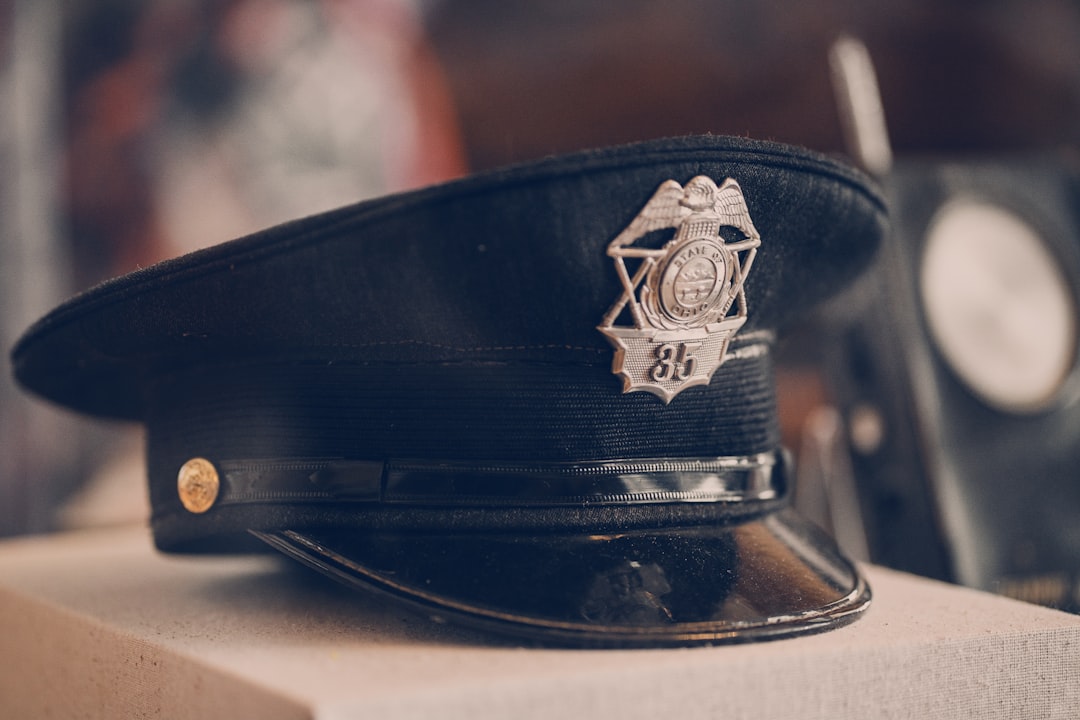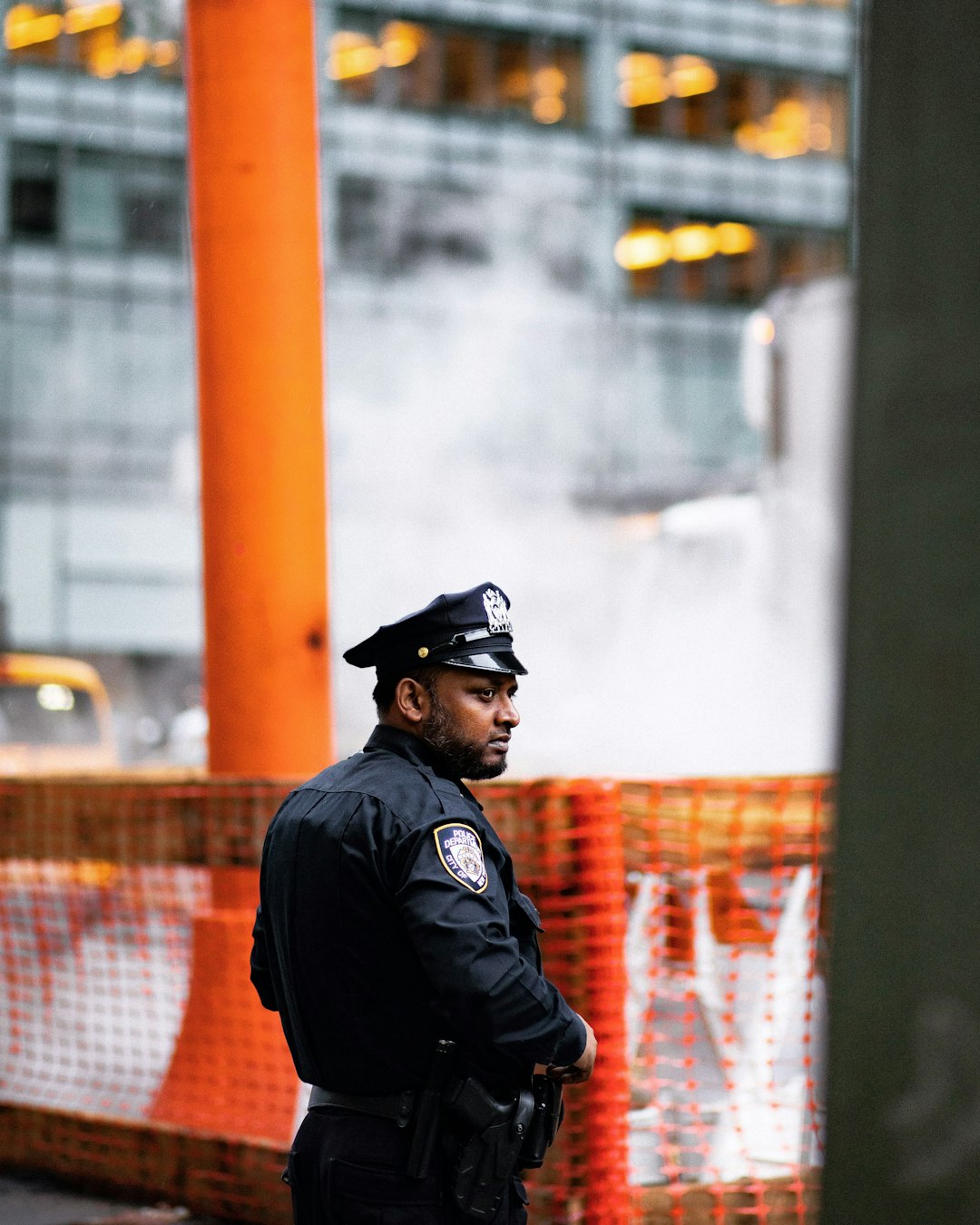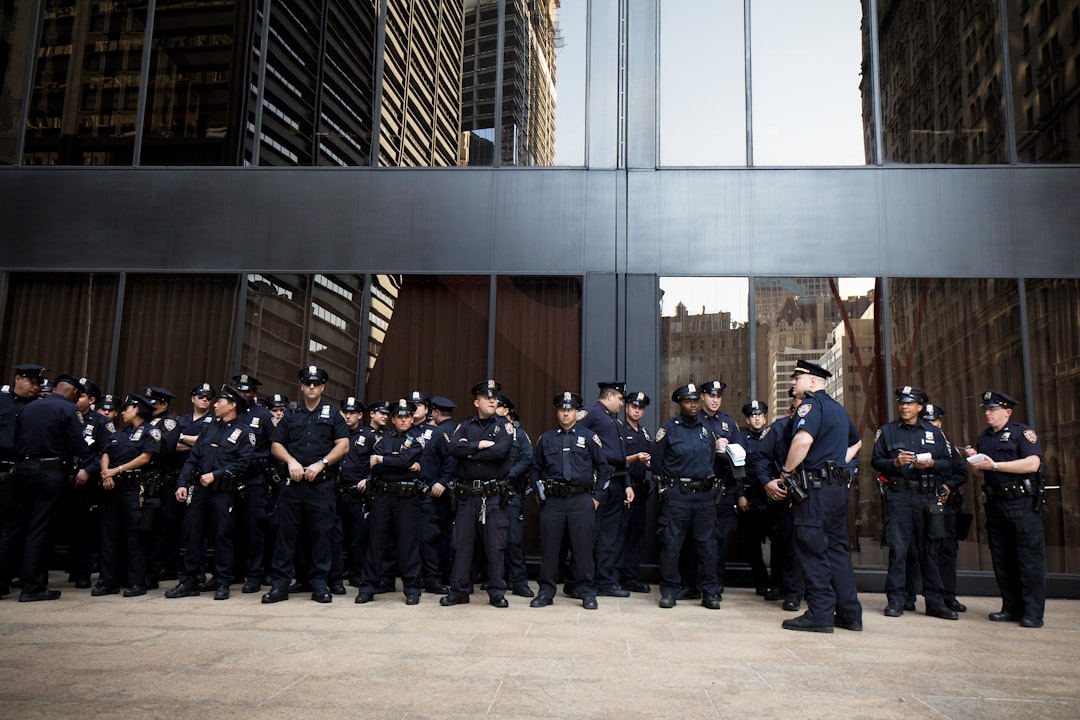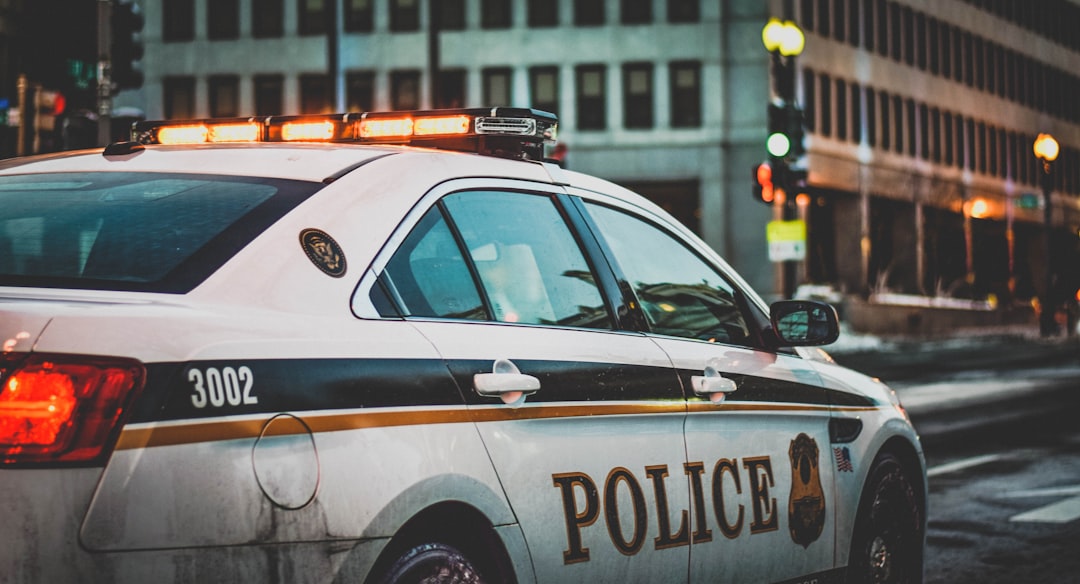Police Dog Handler Requirements
Table of Contents
How to Become a Police K9 Officer in 2025
K-9 Police Officer Careers
K-9 Police officers utilize specially trained dogs to arrest criminals and uphold the laws of their jurisdiction. The field for K-9 police officers is very competitive, and there are very few coveted positions available.
There are K-9 officers in all branches of law enforcement, as well as in the military as well. The Border Patrol, DEA, and TSA all employ K-9 officers to assist with their responsibilities. It takes a special breed of dog to be able to handle the unique duties that K-9 units deal with on a regular basis.
Some of the most common breeds include: German Shepherds, Rottweilers, Doberman Pinchers, and Belgian Malinois. These dogs tend to take the more traditional roles working to assist officers in their daily duties. Specialized duties like search and rescue utilize Bloodhounds because of their abilities to track people. Beagles are also commonly used in airports to detect explosives and other illegal substances.
Responsibilities and Duties of K-9 Officers
The different responsibilities and duties vary depending on what each department specializes in. The basics of the job involve normal police duties, just with one exception: a dog assisting you in those duties. Some of the basic duties of a K-9 officer include:
- Emergency and non-emergency calls
- Routine patrols
- Making arrests and issuing different citations
- Investigation of crime scenes
- Finding and collecting evidence
- Basic officer reports
- Testifying in court when necessary
- Training a police dog
- Handling a police dog
K-9 officers typically will utilize their dogs to assist in keeping order and apprehending criminals. Dogs are known for their abilities to pursue suspects who try to evade arrest. Most dogs are trained for a singular purpose based on the needs of the department. Training may include but is not limited to: search and rescue, finding narcotics and other illegal items, finding accelerants in arson crime scenes, and/or finding human remains.
The presence of a dog helps to neutralize any threat that the officers might face from a suspect. It is the responsibility of the handler to keep the dog under control at all times. A mishandled dog can quickly become an expensive liability for any department.
Salaries for K-9 Officers
There really is no distinction between the salary of a K-9 officer and a regular police officer. The U.S. Bureau of Labor Statistics reports the following salary amounts for police officers:
- Average salary: $63,000
- Top earners: $106,000
- Bottom earners: $36,000
Education and Certifications
Most police departments require that all candidates have a high school diploma. There are instances where an equivalency will suffice. Having a degree in Criminal Justice will help give many candidates an advantage over those without any college.
Almost all police recruits must first undergo a 12-14 week training at a police academy. Since the K-9 units tend to be competitive positions, most departments require up to three years of patrol experience to be considered for a K-9 position. Each department has their own requirements.
Once accepted to be part of a K-9 unit, there is intensive training required. Officers are paired with their dog and both have to undergo extensive obedience and agility work. From there the training is more specialized. Most K-9 training programs include: tracking and scouting, bite work, protection scenarios, apprehension training, and other tactical exercises.
Police Dog Training
Most police dogs begin training as early as a year old and up to two years of age. There is a battery of tests the dogs must pass before being allowed to even begin training as a police dog. The tests include: temperament, defensive tests, and ability to chase prey.
The dogs must be able to adapt to a variety of different situations, so the selection process is very important. They need to pass a through physical to ensure that there are not any physical issues that can be common in certain breeds. An example of this is that many German Shepherds are prone to hip dysplasia. The physical and other testing helps to weed out any dog that might not be suitable for police work.
Skills Needed to Work as a K-9 Officer
There are some skills necessary to be successful as a K-9 officer. These skills include:
- People Skills: The role of a K-9 officer is a very public one. These public displays help with community relations and the general perception of all police officers. K-9 officers routinely visit schools, community organizations, and other places in the community to help showcase the role of K-9 units in a department.
- Mental and Physical Fitness: The job of a K-9 officer is demanding, and officers are typically on their feet for most of their shift. Staying mentally alert is another quality that is a must have when working with a police dog.
- Ability to Communicate Effectively: K-9 officers have to be able to communicate with their canine partners and the general public.
- Animal Skills: Working directly with a dog is completely different than working with a person. K-9 officers need to demonstrate respect, patience, and compassion for the dogs they directly work with.
Job Prospects
The need for police officers of all kinds is projected to steadily increase over the few years with an anticipated growth of 7 percent through 2026. The projected growth for police officers is the same as other job prospects throughout the country. Job opportunities with K-9 units are highly competitive simply because of the limited openings available and extensive training requirements.
Environment
K-9 officers can be asked to patrol airports, harbors, and other points of entry. Dogs are routinely used to conducts searches in a variety of locations. The work of any police officer is physically and mentally demanding, stressful, and dangerous.
K-9 officers have to be ready to get called in to work with very little notice. It is not uncommon for a K-9 unit to be called in to respond to an emergency situation where a dog would be an asset. There tends to be plenty of overtime opportunities for K-9 units.
The handler is responsible for the care and supervision of the dog at all times. The dogs actually live with the handler and their family when they are not working. The bond formed between a dog and the K-9 officer is one of the strongest bonds in all law enforcement.
Organizations
There are a few organizations that deal with K-9 units. Becoming a member of one of these organizations can give interested officers an advantage when openings become available. Some of these organizations include:
- U.S. Police Canine Association
- National Police Canine Association
- North American Police Work Dog Association
- National Narcotic Detector Dog Association
7 Steps to Becoming a Canine Handler
STEP 2: Check with the law enforcement agencies in your area about the physical requirements for basic police recruitment. These requirements can vary from one locality to another and from state to sate. Applicants must be at least 21 years of age and in many communities, must meet some minimum requirements for height, weight, eyesight, and hearing. Rigorous physical exams are sometimes required. You should make sure the agency for which you apply has a police dog unit in its division before you decide to apply for the agency.
STEP 3: Check with law enforcement in your area for the training and testing requirements specific to those agencies. Generally, applicants must pass written tests measuring analytical skills. Background checks are also required. Recruits must attend police academies for classroom training and if they pass all tests (including a civil service test), train with a senior officer for a period of time (usually several months).
STEP 4: You will spend three to five years minimum and sometimes longer (depending upon the jurisdiction) in regular uniformed officer duties before you’ll be able to apply for the K-9 unit. Preference for special units like a K-9 is usually given to officers with high performance ratings and commendations. So you must perform well in your job; it will assist your future K-9 application.
STEP 5: Donate your time to work with K-9s in training, apart from your regular officer duties. Get to know the current officers in that division. This will give you an edge when it comes time to apply for open K-9 officer positions.
STEP 6: Apply for K-9 officer positions when they become available and when you meet the minimum requirements in your agency. Be aware these positions will require additional training.
STEP 7: Spend time training with your new canine partner. The length and type of training will again vary from one agency to another. For instance, in Oregon, handler and canines have to complete a minimum of 400 hours of basic training and pass the Oregon Police Canine Association Standards.












